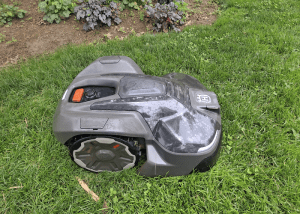As organic turf care evolves, so does the equipment we use to maintain healthy, resilient lawns and fields. Many are asking, are auto-mowers changing turfgrass structure? A recent study out of Cornell University (May 10, 2025) took a closer look at how daily mowing with robotic mowers compares to traditional weekly mowing, and the results are worth your attention.
Researchers found that frequent, lightweight mowing from auto-mowers had measurable effects on the physical structure of common turfgrass species. Some of the most noteworthy findings include:

-
Denser Turf Structure
Both tall fescue and Kentucky bluegrass showed significantly higher shoot and tiller densities under daily robotic mowing, creating thicker, more uniform turf. -
Unexpected Thatch Results
Despite concerns about excess organic matter from daily mowing, thatch depth was actually lower in robotically mowed areas. Researchers suggest that lighter machine compaction may contribute to faster decomposition. -
Shifting Weed Dynamics
Weed presence varied by species: creeping weeds like clover remained persistent in cool-season lawns, while warm-season turf types saw better weed suppression with consistent robotic mowing.
The big takeaway?
Consistency leads to healthier turf. Auto-mowers provide frequent, uniform cuts—something that can be especially beneficial in athletic fields, parks, and other high-traffic areas. View PJC’s Mowing e-Guide for recommended mowing tips (with or without an auto mower).
Want the full study?
Read the full article by Carl Schiementi here: Auto-Mowers Altering the Morphology of the Grass
